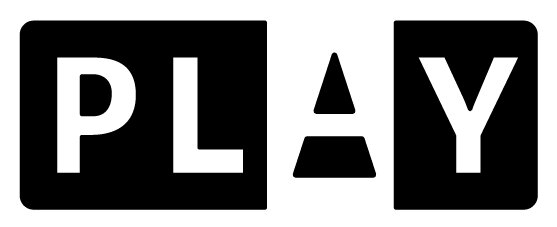Children are not things to be molded, but are people to be unfolded
Can you believe you are halfway to your baby’s first year? So much has happened in the past six months as you have watched your little one grow from a tiny newborn to a smiling 6-month-old. This month is a big age for babies, with lots of exciting new developments, like starting solid foods, babbling, and sitting up. Learn more about what you can expect from your baby at 6 months old.
Don't forget to enjoy your parenthood and have fun with your baby. The 6-month-old stage is a very special time in your little one’s life, because most babies at this age are generally happy, love to smile and “play” with you.
Every baby is differently and hence this is why each baby will reach this milestones at its own pace, when she or he is ready. This guide or checklist is meant to be a reference for parents to be conscious and prepare their children.
We like to keep some things in mind:
Practice makes perfect. Meaning that you need to practice many hours and fail to accomplish your goals. Perseverance and determination will lead you to success.
Prepare the ground for success. We all feel great when we accomplish what was expected from us. Specially for the first times, we need to be aware that there is going to be failure, but what if we prepare the ground so that there is somehow success? For example, while practicing rolling, we could help our baby showing a toy or object the baby likes so that they have interest in rolling and while trying to reach for the object, might occur naturally.
Imitation is at the heart of being human. We, as human beings like to imitate. Our children have their parents as their role model and they imitate us. This is why we, at PLAY, like to promote that parents and carers are part of their children’s development actively. We promote that parents do or show their children by doing as much as possible.
Developmental Milestones
Body
Begins passing objects (like toys) from one hand to the other
Rolls from front to back, and back to front
Sits without support1
Bounces when in a standing position
Bears more weight on legs
Rocks back and forth on hands and knees
Starts to “scoot” backward
Tries to crawl
Uses a raking grasp (swiping at objects with fingers open) that progresses to a pincher grasp (using the pointer finger and thumb) over time
Sees across a room well (eyesight is approaching that of an adult’s)
Brain
Makes specific sounds tied to emotions, like happy sound or frustrated sounds
Responds when talked to
Makes sounds back at you
Recognizes familiar faces
Responds if someone is a stranger (with fear, crying, or reaching back for a caregiver)
Likes to look in a mirror
Begins to string vowel sounds together when “talking,” such as “eh, oh, and ah”
Responds to name
Babbles consonant sounds, such as “m” or “b”
Responds to other emotions, such as with sadness or happiness
Learns about the world through taste and touch
PLAY designs and manufactures the best garments to stay active and focused on what is important. We take care of the rest. No distractions.
Note to all our PLAYMATES: keep playing, keep learning and keep happy. PLAY for life.

